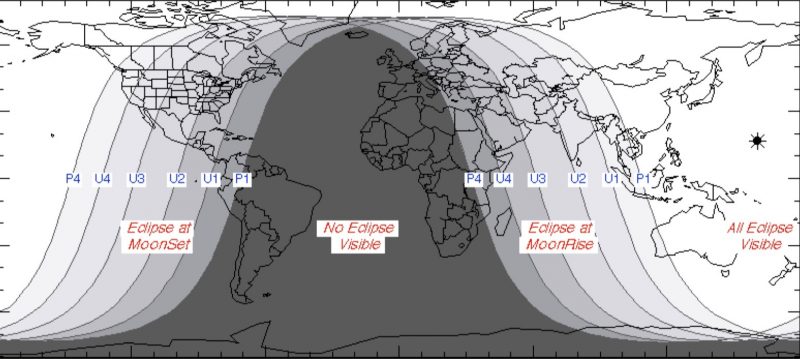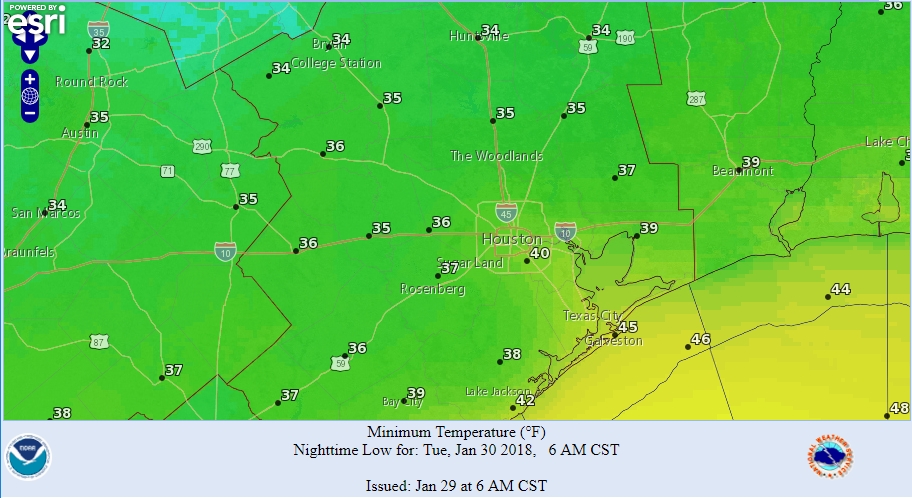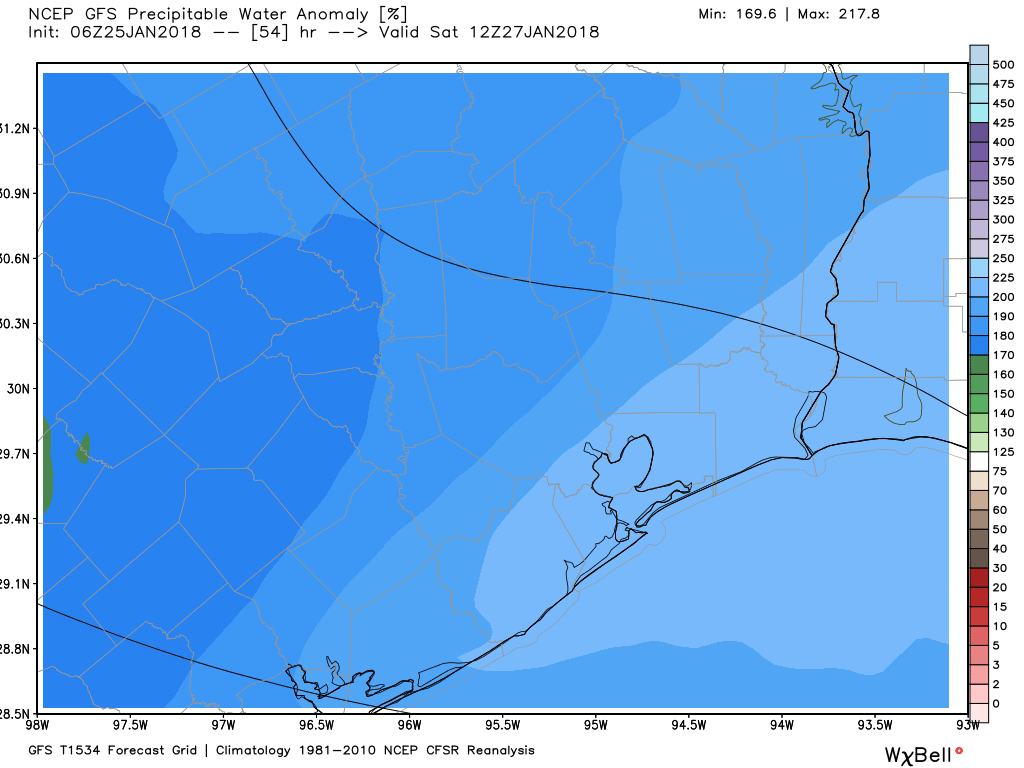Houston is seeing temperatures this morning that range from the mid-30s inland to the upper 40s along the coast. This will probably be the region’s coldest night for about a week or so, and at this point another freeze seems unlikely for the next 10 days.
Tuesday
The region will see quintessential winter weather, with highs of around 60 degrees under full sunshine. Lows Tuesday night and Wednesday morning will probably be about 5 degrees warmer than Tuesday morning and, importantly, skies should be mostly clear.
Lunar eclipse
Clear skies are important because of the opportunity to see a total lunar eclipse shortly before the Moon sets. For Houston, the totality begins at 6:51 am but the partial eclipse begins about an hour before that, so plan to get up a little early tomorrow to see a neat celestial sight. You’ll want a jacket.

Wednesday
Southerly winds will return sometime on Tuesday, and that will allow for the return of scattered clouds on Wednesday, and nudge temperatures into the upper 60s. We should also see a much more mild night, with lows only in the 50s across the area.


